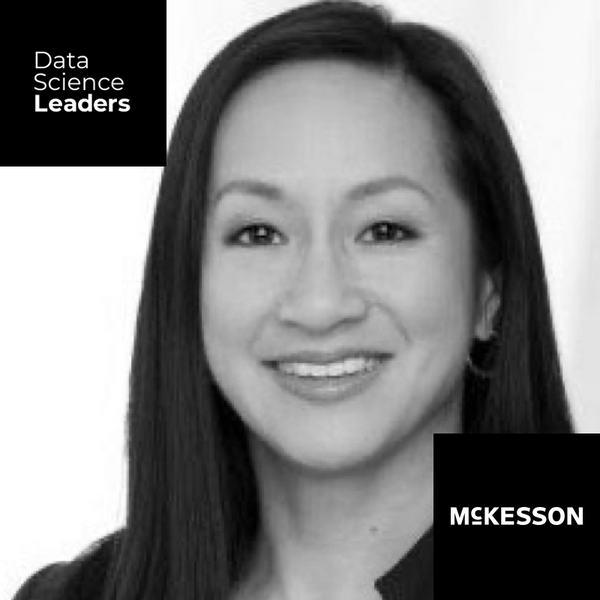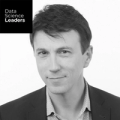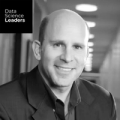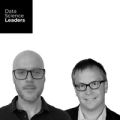episode 17
Oncology Analytics & Delivering Insights from Messy Data
Data Science Leaders | 36:22 | August 25, 2021

Listen how you want
Get new episodes in your inbox
Data plays a vital role in cancer treatment. In oncology analytics, data analytics can help identify promising treatment strategies, offer better access to affordable care options, and provide critical feedback to medical teams.
In this episode, Susan Hoang, VP Oncology Intelligence & Analytics at McKesson, shares how her team overcomes the inherent challenges of messy healthcare data to deliver insights that can help save lives. Plus, she shares the unique journey that took her from economics and marketing to data science.
We discuss:
- Susan’s unique path to becoming a data science leader
- Sifting through messy healthcare data
- How to define measurable data science outcomes and gain buy-in
Popular episodes
See why Fortune 100 data science leaders choose Domino



